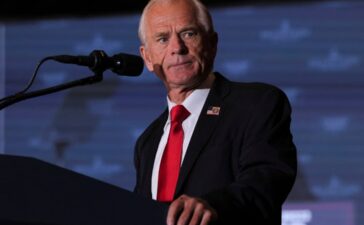What’s going on here?
Namibia’s Finance Minister is set to present a crucial mid-year budget review to the National Assembly, a key assessment of the nation’s fiscal strategies amidst global economic turbulence.
What does this mean?
The mid-year budget review is essential for Namibia to adjust its economic policies. Amid global market fluctuations, including varied Asian stock performances and tech stock concerns like Alphabet, the nation’s financial outlook faces scrutiny. Fluctuating oil prices, driven by US stockpile buys, add complexity. Meanwhile, currencies like the South African rand and Kenyan shilling react to economic shifts, while regional tension rises due to security threats, including a recent attack in Chad. These factors create a landscape where investors and policymakers are closely watching Namibia’s fiscal path.
Why should I care?
For markets: A fiscal reality check.
Namibia’s budget review arrives amidst global unrest, influenced by tech earnings and oil price shifts. Investors are keen to see how Namibia plans to tackle these issues. Regional currency trends, like the weakened rand and steady shilling, offer insights into potential governmental stabilization measures, providing valuable information for market enthusiasts.
The bigger picture: Turbulence and potential.
Namibia’s fiscal plans unfold against a backdrop of international market jitters and regional instability, from tech volatility to heightened security issues in Chad and Sudan. Global economic conditions demand resilient strategies for African economies. The upcoming budget review could redefine policy tactics, showing Namibia’s readiness to face broader economic challenges.
















